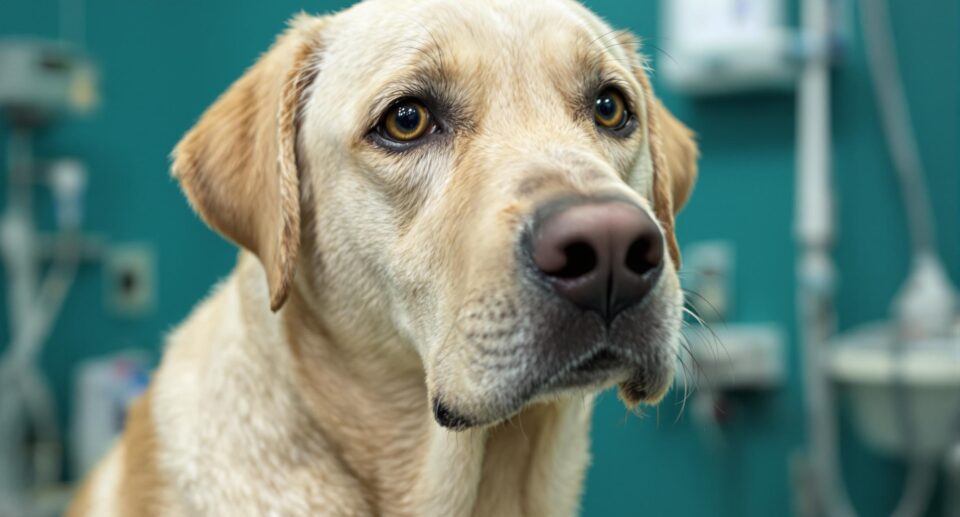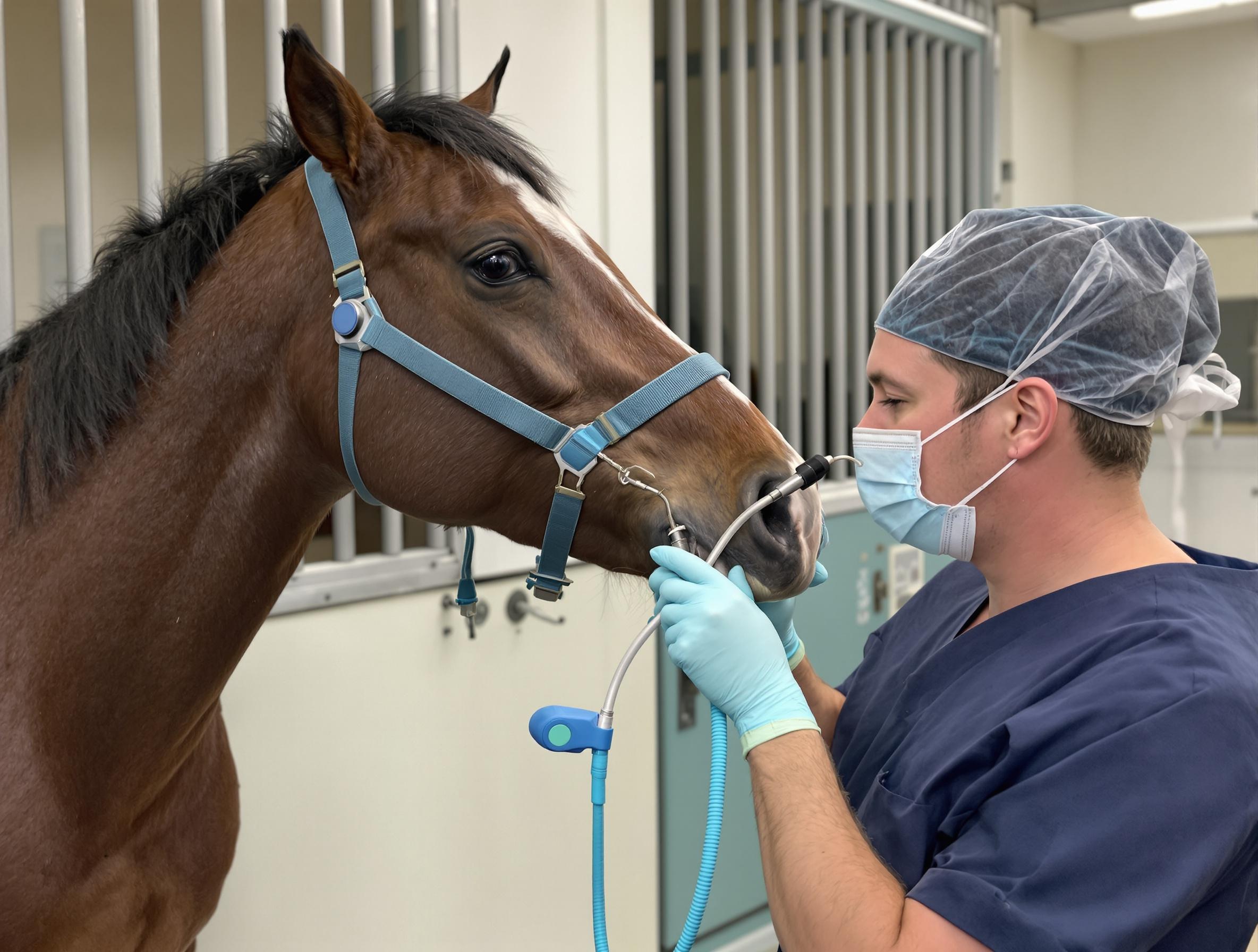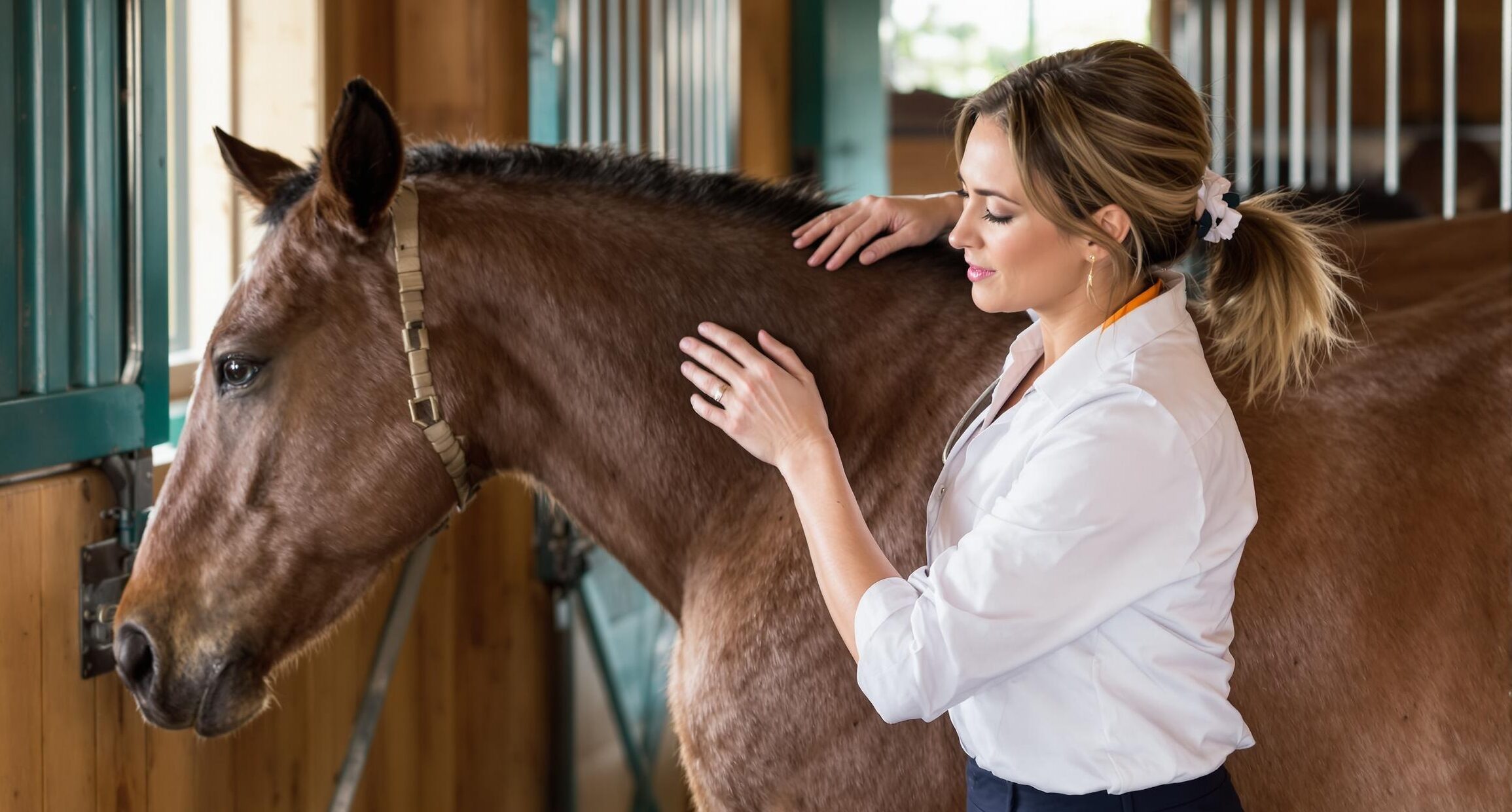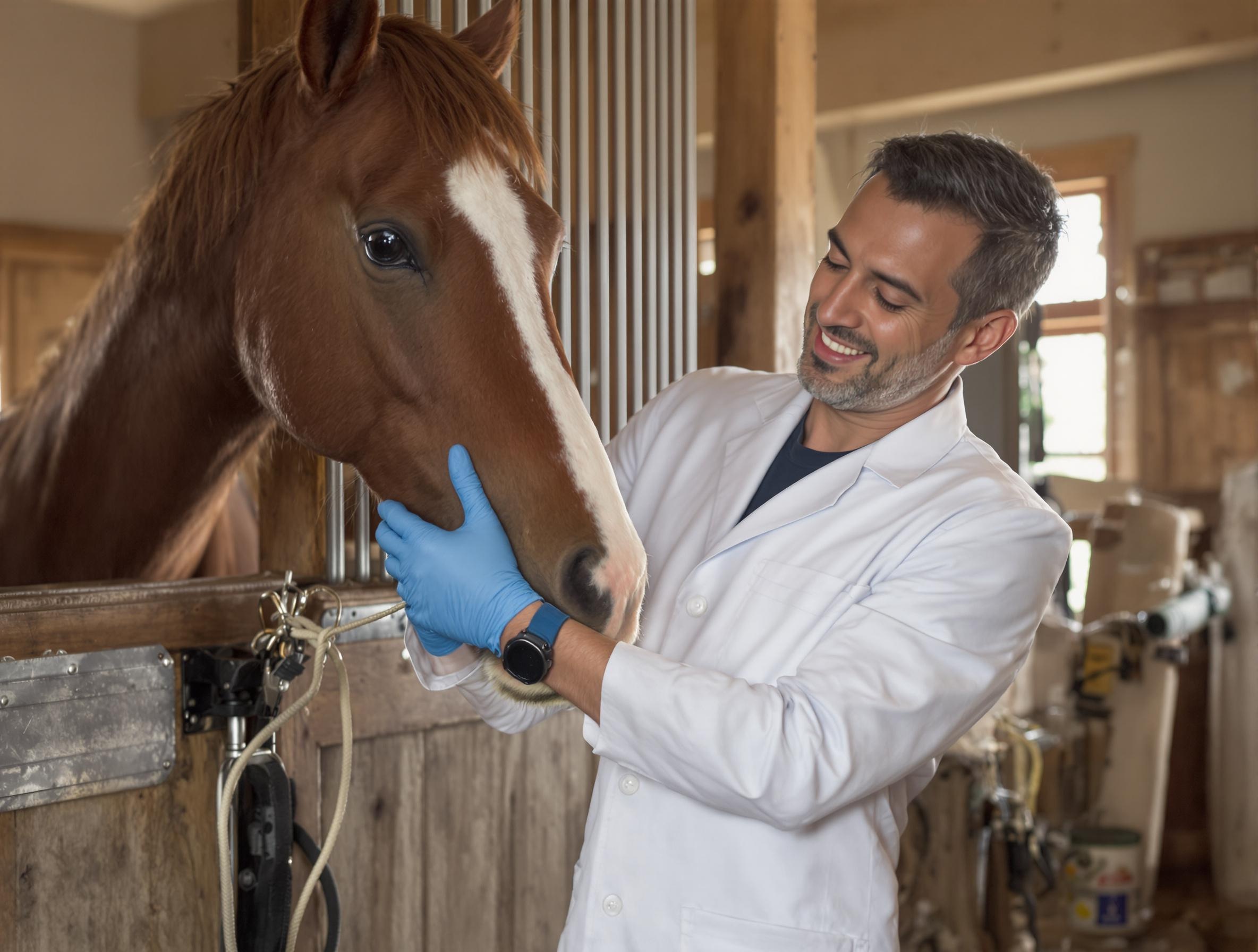Horse Ulcer Symptoms
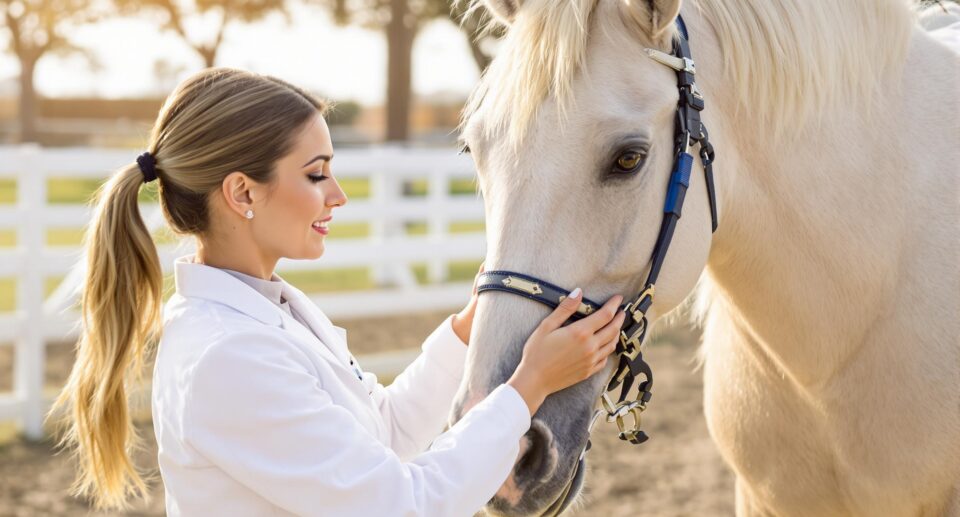
Signs your horse may have an ulcer
- Pain
- Poor performance
- Poor haircoat
- Reluctance to train
- Tooth grinding (bruxism)
- Weight loss
- Blood in stool
- Loss of appetite or anorexia
Many things make us suspect a horse has ulcers, such as blood in the stool, loss of appetite, and poor performance without any problems with legs or feet.
Tooth grinding, called bruxism, is a sign of pain. Foals with painful ulcers frequently grind their teeth. Adult horses with pain, especially with ulcer pain, may also grind their teeth. In summary, the signs of horse ulcers include the following:
Diagnosis of horse ulcers
There is only one way to confirm ulcers and that is to put an endoscope into the stomach and look for them. Most equine veterinarians have 3-6 foot endoscopes to look at the back of a horse’s throat (pharynx). Observing the pharynx allows veterinarians to diagnose roaring, displaced soft palate, and bleeding following exercise (exercise-induced pulmonary hemorrhage). However, an unusually long endoscope—one that extends 6-9 feet—is needed to see into an adult horse’s stomach, so not all veterinarians can scope for ulcers. With foals, it’s possible to see gastric ulcers with a scope that is only three feet long. If the endoscope is connected to a video, you can see the lining of the stomach just as your veterinarian does.
It’s best to have foals and horses fast for 4-18 hours before scoping so that the area in the bottom, the glandular stomach, is visible.
With an endoscope, it’s possible to tell whether the horse ulcer is superficial and involves only the surface of the stomach or whether the ulcer penetrates deeply into the muscular layer. The deeper an ulcer is, the more dangerous it is, and the longer it takes to heal.
While some fecal blood tests may suggest ulcers, fecal blood tests can be misleading. For example, horses with worms, such as strongyles, can have blood in the feces but not have ulcers. This is called a false positive test. Horses that have a negative fecal blood test may have ulcers, but the blood leaking from the ulcers may have been digested by bacteria within the gut. This is called a false negative test. Because fecal blood tests can have false positive and false negative results, endoscopy—not fecal blood tests—remains the best way to diagnose horse ulcers.
If ulcers appear to be a problem for several horses in the barn, have the manure cultured for salmonella bacteria. Salmonella can cause ulcers throughout the colon, and horses with salmonella infections need special handling because salmonella bacteria infect people as well as horses and other animals. Many veterinarians recommend probiotics and fluids for horses with salmonella. Antibiotics are ineffective and are not generally used because they can further disrupt the intestinal environment.


